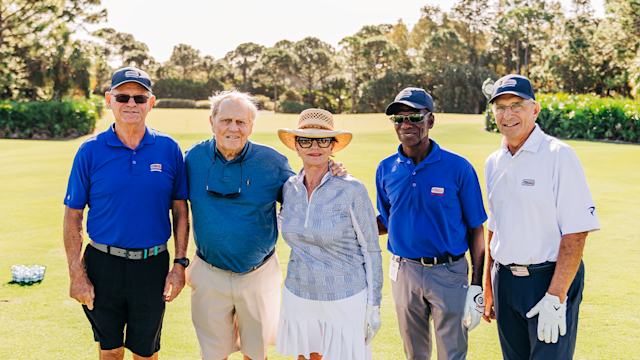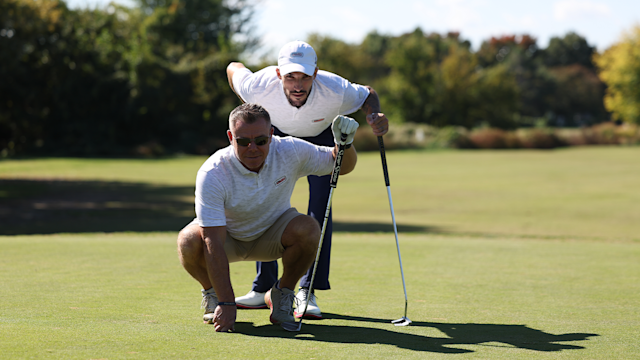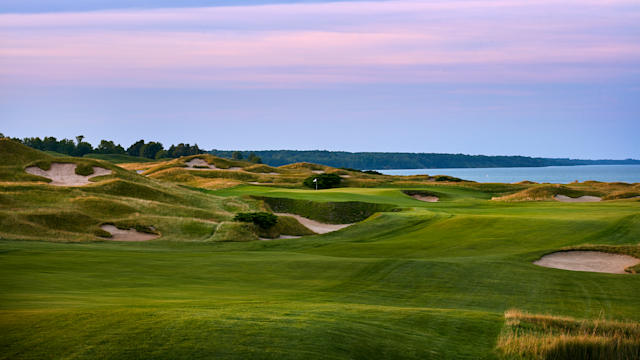Game Changers
PGA Members Making an Impact: Ted Eleftheriou, PGA
By Brendon Elliott, PGA
Published on
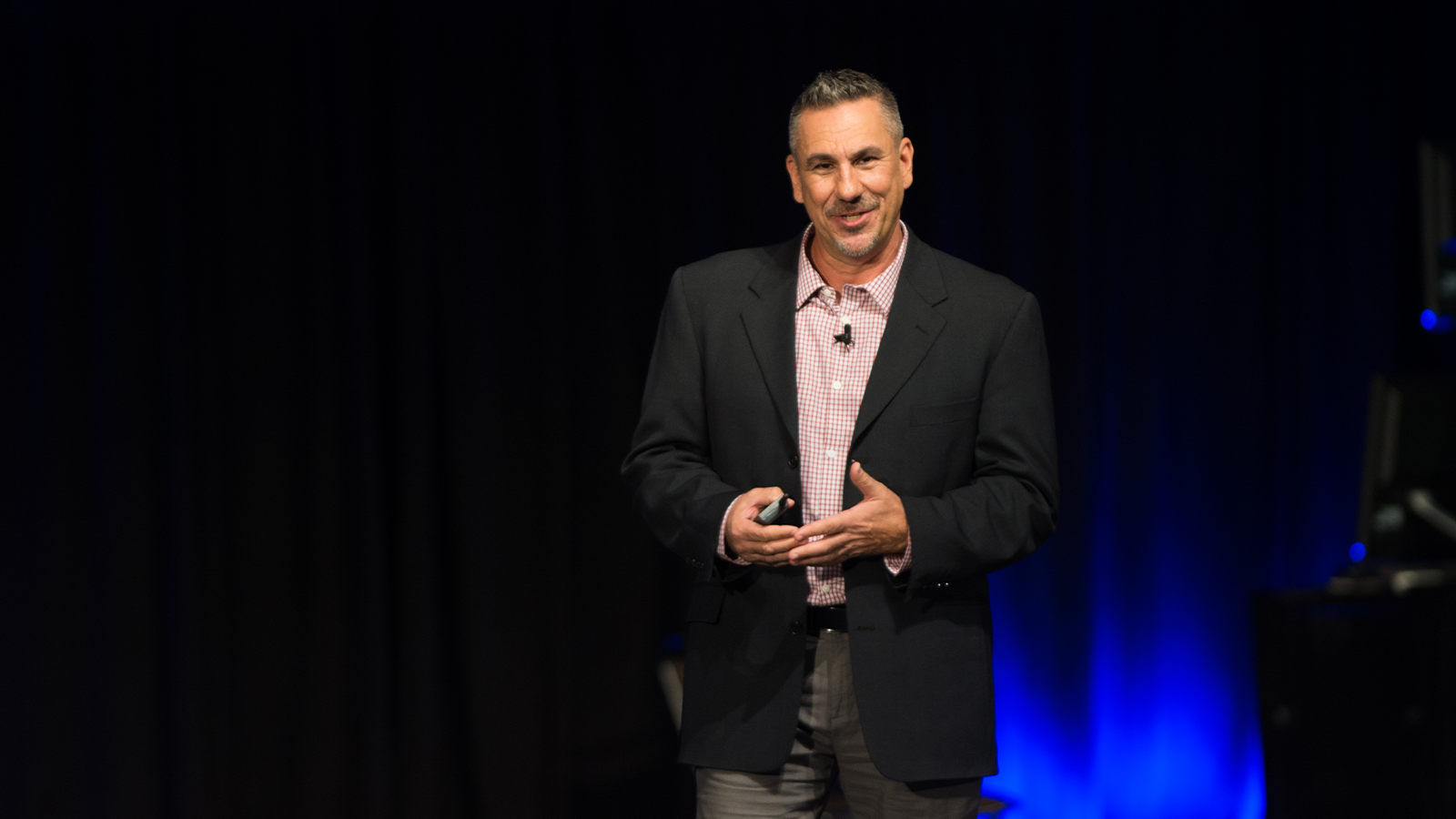
Ted Eleftheriou speaks to attendees of the "The Business of Player Development" session during the 2019 Teaching and Coaching Summit at Orlando County Convention Center on January 21, 2019 in Orlando, Florida. (Photo by Hailey Garrett/PGA of America)
The game of golf is more than just a game. The millions of people that play around the world know this to be true. Hitting a little white ball into a hole in the ground which measures a mere 4.25”, in the fewest strokes possible, is not only what the game is about.
Golf can be, and is for countless people, a vehicle for doing good, for changing lives and so much more. This is why the nearly 28,000 PGA Members working in the industry today are making sure that they play a role in fostering the growth and health of the game. Doing just that can happen in many ways.
In this series, I am going to highlight some of the faces of the PGA that I consider Champions of Growth. These are individuals making a true impact on not just the health of the game, but also, on the individuals they come in contact with on a daily basis.
First up, PGA member Ted Eleftheriou, Vice President of Player Development and Engagement at The National Golf Foundation.
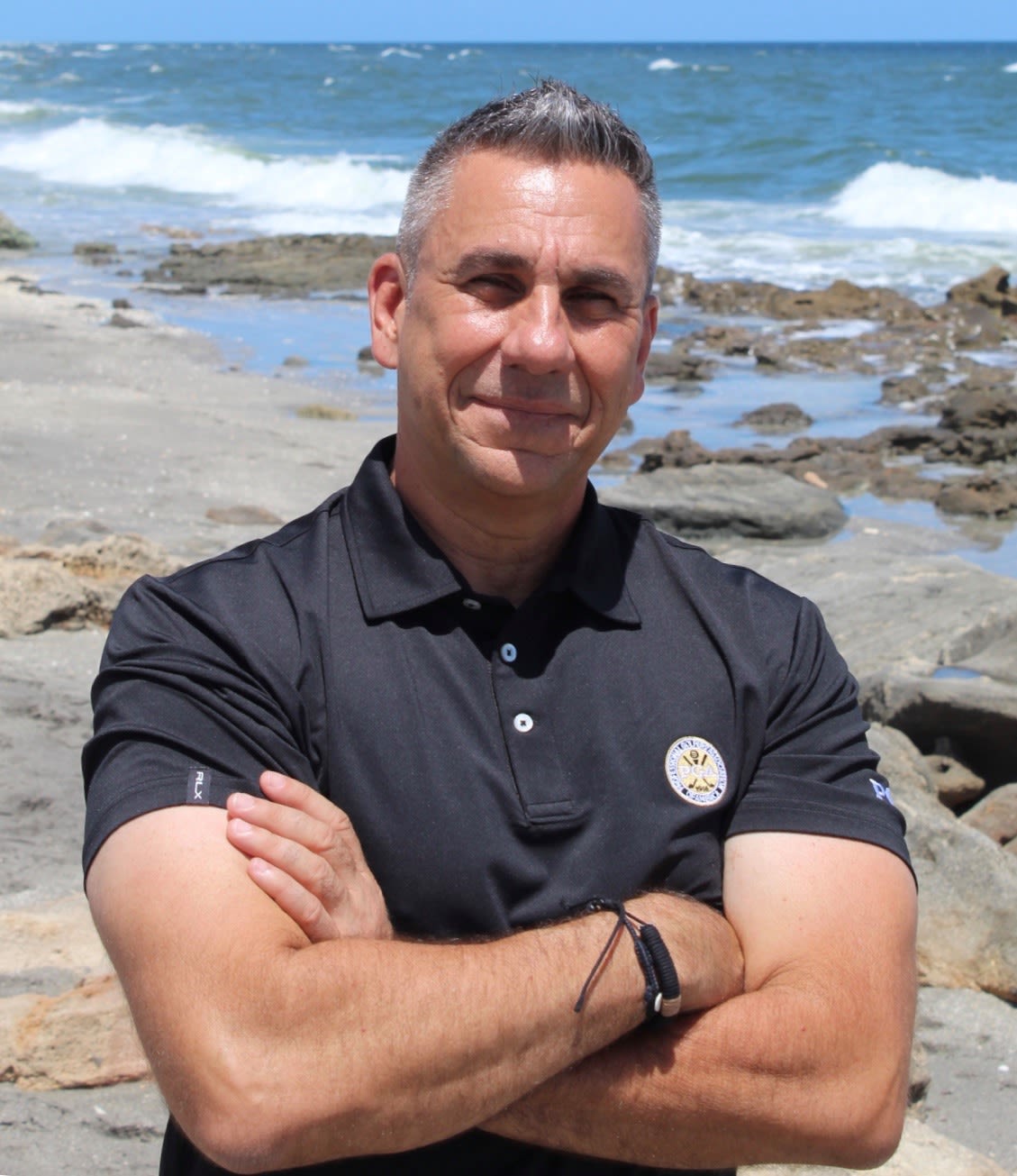
I had the distinct pleasure of getting to know Ted very well during a stretch from 2011-2013, as we both ran our own golf schools at Metrowest Golf Club in Orlando, FL. Ted is one of a kind, and has an infectious positive personality. He truly loves this game and spreading the message of it to the masses. Ted has had a unique journey within the game, and at every step of the way he has done, and continues to do, great things for golf.
Ted’s Background
When did you first pick up a club and what did the early years look like along your journey within the game?
Ted Eleftheriou (TE): I started caddying when I was 8 years old at Oak Hill CC, in Fitchburg, MA. It wasn’t until I was about 9-yrs-old when I thought I’d give golf a try. Caddy’s day was on Monday’s which meant we could play the course. At first, I would use lost and found clubs that the caddie master would give me. Then I invested in a “real” set. A set of Northwestern clubs, which were basically a beginner’s set in a box (the heads of the woods were made out of some type of hard plastic). This set lasted me for a couple of years. At around the age of 11, I was more serious about golf and decided to upgrade. The pro at the club sold me a set of used Wilson Staffs Dynapower irons for $50, and I picked up a Ram persimmon wood, a Wilson 3-wood, and an Acushnet Bullseye putter. I played with these clubs into my adulthood.
I know that you have had a very interesting road that has led you to the golf industry... How and when did golf become your career path?
TE: At age 24, I moved to Los Angeles to pursue a music career in heavy metal and through a bizarre set of circumstances I landed a job as a stage manager at a film studio. Eventually I went freelance and worked my way up to freelance producer, working mainly with commercials and music videos. In the early 90s, the Screen Actors Guild went on strike resulting in little or no work in film. It was during that time that a cameraman asked me if I’d want to play golf with him. I hadn’t played for well over eight years, but thought it sounded like fun. We played Knollwood Country Club in Granada Hills, CA. I showed up with the golf clubs mentioned above, golf shoes with tassels, and wearing an outfit that was dated at least 20-yrs prior. I recall I actually broke 100… and I was hooked on the game.
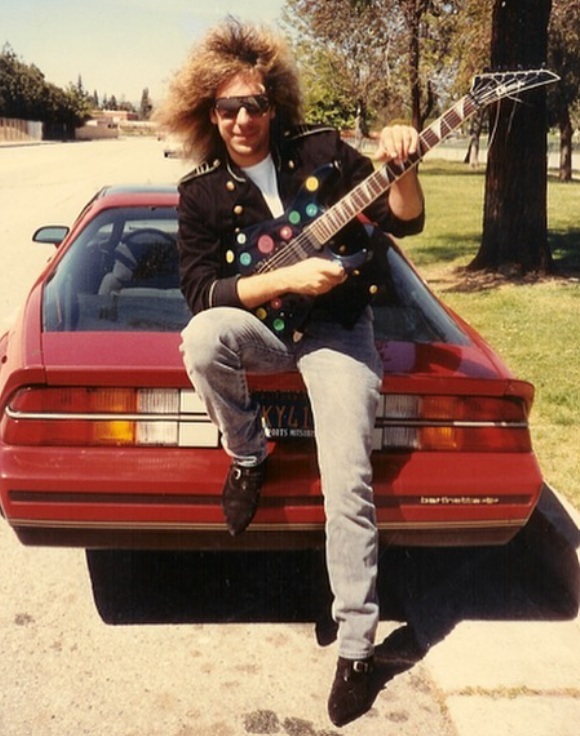
I walked into the golf shop after the round and asked if they had any volunteer positions in exchange for free balls and golf. They hired me as the morning marshal for Thursdays and Sundays. And I practiced and played daily! Eventually, they offered me a job as a starter in the golf shop and then asked if I would help with the junior program, eventually taking it over. When the actors’ strike was over (lasted nearly a year), I did a few more film gigs but I knew I wanted to pursue a career in golf.
Several years later I became a PGA member and the rest, as they say, is history.
If you would, give us a snapshot of your career to this point…
TE: As I got started, I worked exclusively for the American Golf Corporation. The management and executive team were very, very good to me. They were always encouraging me and assisting me to achieve new goals. During my time with them, I worked my way up to head golf professional, assistant manager, manager, and eventually, took on a role with a new project that they were partnering with Nike — known as the Nike Golf Learning Centers (NGLCs). I started and ran a successful one at my club. I then was offered to oversee seven NGLCs in Los Angeles and then expanded to Northern Cal and Nevada. Eventually, I was transferred to Florida where I became the Eastern Regional Director, opening and managing all NGLCs east of the Mississippi River. In total during my time with NGLC, I opened and managed 41 NGLCs. Goldman Sachs eventually bought out American Golf and NGLCs were not part of their new business plan and neither was I. AGC was kind enough to offer me a manager position at a golf course but I took this opportunity to branch out on my own.

I started consulting work with Nike, the PGA of America, and the PGA TOUR Golf Academies. Eventually I opened my first academy at Orange County National Golf Resort and Lodge and then my second one at Metrowest Golf Club.
In 2013, I applied and was awarded the position of Director of Golf Programming with the PGA of America, delivering business development through coaching workshops in the US and Canada, and was heavily involved with bringing the American Development Model (ADM) to the PGA.
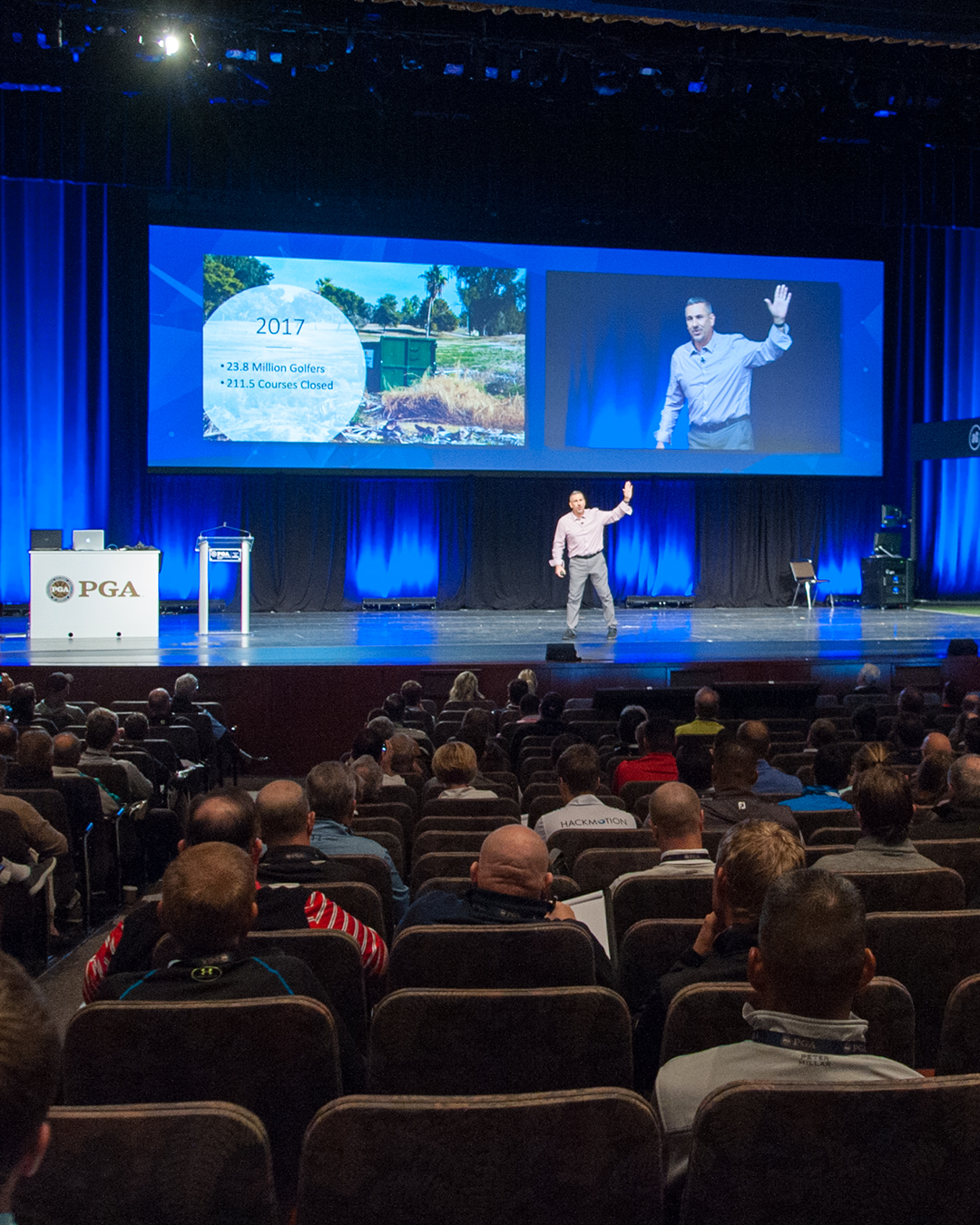
In 2019, I accepted a position of Vice President of Player Development and Engagement for the National Golf Foundation (NGF), where I’m currently at assisting with NGF’s brand and membership awareness and heavily responsible for a NGF’s Welcome2Golf program, which focuses on converting non-golfing adults into avid golfers.
The Growth of Golf
What role have you played in the growth of the game in the following ways:
As a “Boots on the Ground” PGA coach...
TE: Both at OCN and Metrowest, I was given the opportunity of opening academies on their properties, NOT because they needed more instructors, but because they wanted a program that would increase revenue in greens fees, F&B, merchandise, and membership sales. I understood and delivered on the impact that a good player development academy could have on a property. Not only short-term, but long-term by developing loyal customers.
As a Golf Association Administrator with the PGA...
TE: As Director of Golf Programming at the PGA, I was exposed to the best teachers, resources, and programs in the world. The workshops I conducted directly reached over 5000 PGA members and apprentices in attendance and many more indirectly. My mission was to show how PGA coaches should be the center for all activity and growth at their facilities. They became valuable by providing value. My workshops explored ways of creating programs that would appeal to all levels of golfers, delivering on the promises these programs made, with emphasis on how to market these programs, and delivering on amazing customer experiences that would create loyal customers.
As a Golf Association Administrator with the NGF...
TE: As VP of Player Development and Engagement, Dr. Joe Beditz, our CEO, has been kind enough to hire me and allow me to use my talents and experiences in developing the Welcome2Golf player development initiative, which focuses on INVITING non-golfers, INTRODUCING non-golfers to the game through the best customer experience and golf lessons and CONVERTING non-golfers to the game by giving new golfers opportunity to return to the golf course through a variety of programs and events.
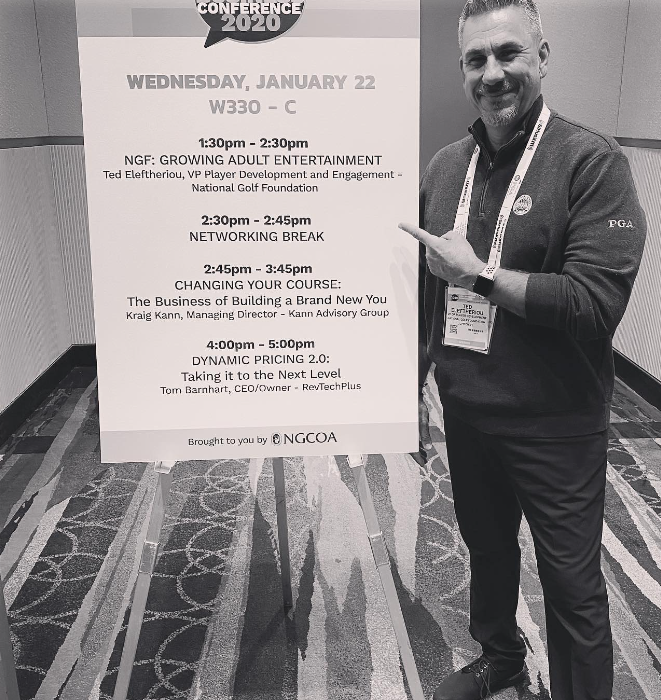
What has the trajectory been, in terms of growth, over the last 3 years?
TE: There’s no doubt that the pandemic has had a positive growth in the number of golfers and rounds played. The NGF has reported numbers for both off- and on-course players of 34.2 million in 2019, to 36.9 million in 2020, and 37.5 million in 2021.
Are you encouraged by the trends you see?
TE: I’m very encourage by the trends, but also optimistically cautious at the same time. Cautious because it doesn’t appear that it was anything specific that the golf industry as a whole did to cause the increase in numbers. For the most part, marketing is the same as it was pre-pandemic, as is the customer experience and lesson programs offered. It just happened that a pandemic took place and golf was one of the few activities that people could participate in while the rest of the world was in entire or partial lockdown.
Historically, we saw something similar happen in the late 90s, early 20s when Tiger Woods caused an increase in golfers and participation. And yet prior to the pandemic, we returned back to the numbers in golf prior to Tiger Woods.
What does today's PGA Professional need to know and do to help foster the growth of participation in the game, and in turn, grow business at their facilities?
TE: In the last two years, over 6.2 million people tried the game of golf for the first time. Yet, we only managed to retain roughly 300k of these people at golf courses. When newcomers were asked how they were introduced to the game:
- Two out of 10 said by a qualified PGA/LPGA professional
- Two out of 10 said by a family member or friend (Does anyone else see the problem with that?!)
- Six out of 10 tried golf on their own.
This means that roughly 8 out of 10 people experiencing golf for the very first time were introduced by non-PGA/LPGA members. That’s troubling to me and should be troubling to our PGA members. Is it any wonder we’re not doing a very good job at retaining new golfers? We’re only keeping enough to offset those who leave the game due to medical or financial reasons. I know we can do better.
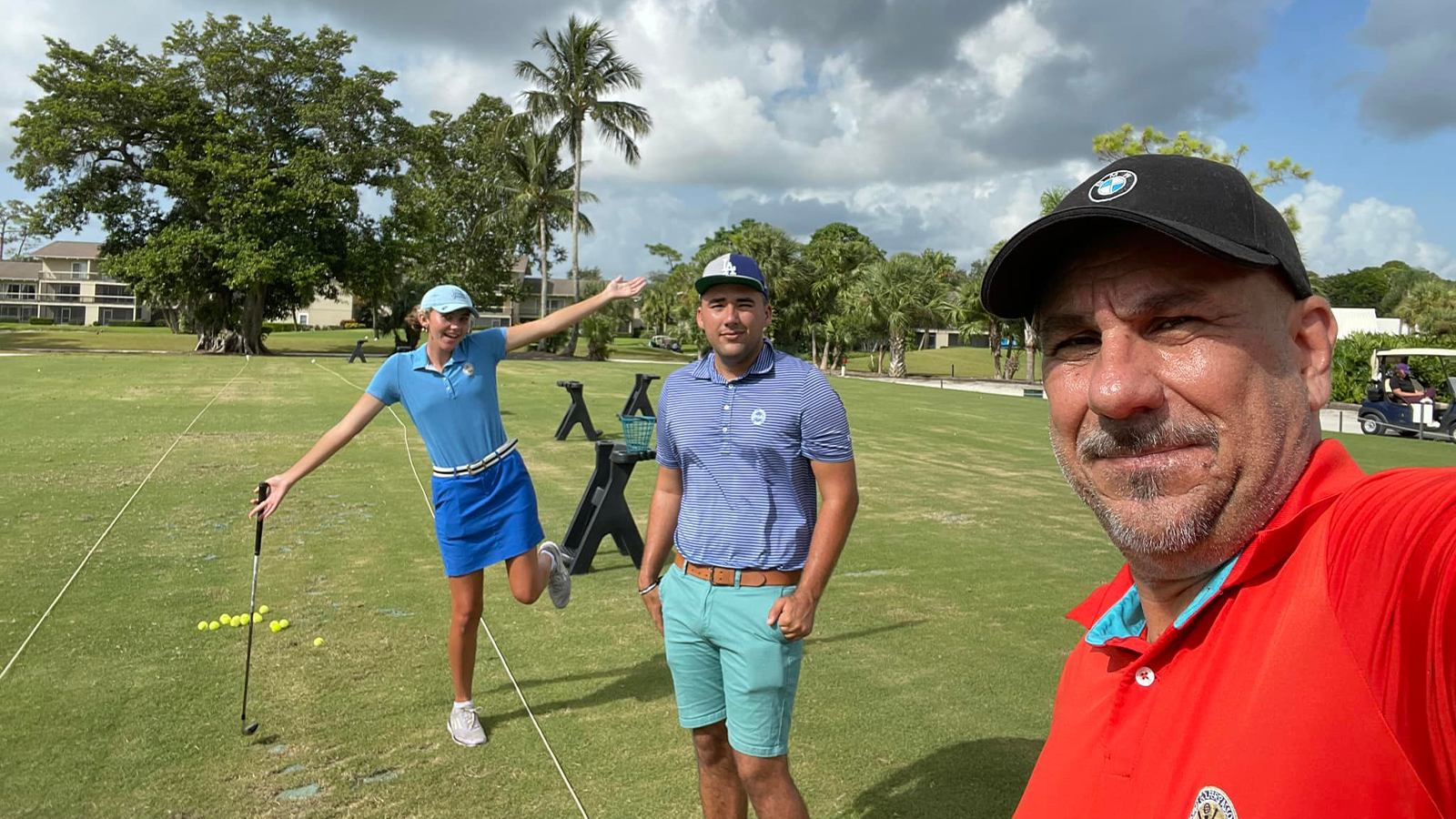
How? And these are just my thoughts…
I think that we as PGA professionals need to get off our properties and reach out to people and businesses in our communities and “INVITE” them to experience golf at our facilities. Show them the benefits that golf has and create programs that deliver on those benefits.
I think the reason so many people are trying golf for the first time is because they don’t have a lot of options available. There just aren’t a lot of golf programs specifically for beginners offered and many that do offer introduction to golf programs tend to focus only on juniors.
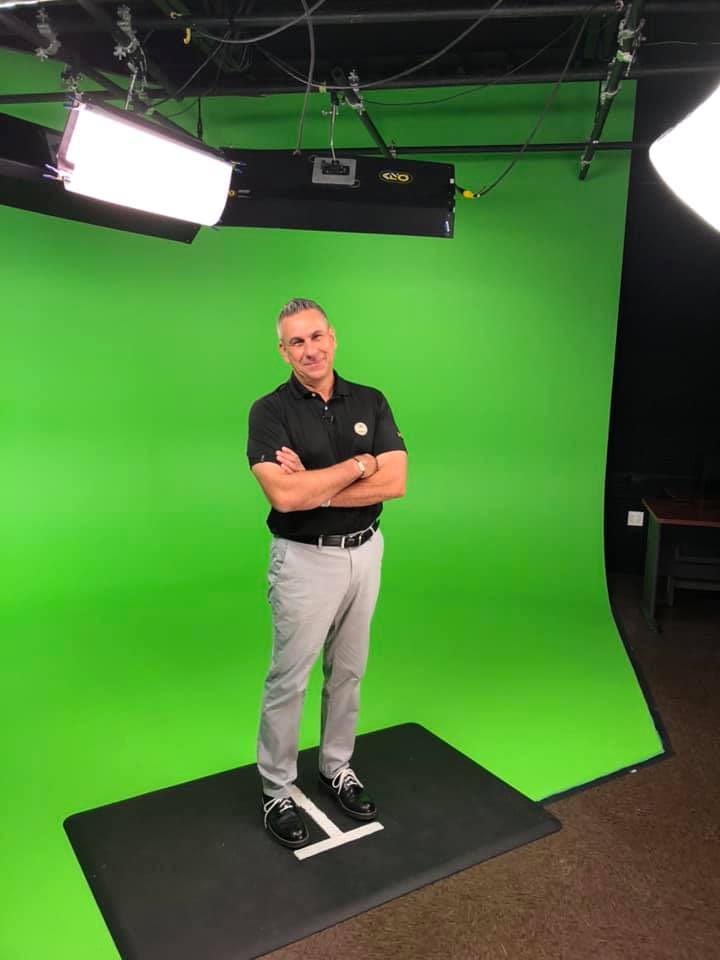
I think once we get people to the golf course, the experience must be amazing. When it comes to customer experience, I think we should take a look at ourselves as an industry from a customer’s point of view and for this particular conversation, through the point of view of a non-golfer or beginning golfer. At every touchpoint at our facilities AND before (Review your website, review how your team answers the phone, review the email marketing you do, etc).
And I think we need to do a better job of staying in constant contact with people who have gone through our lesson programs, in particular beginners, who may not know what to do once their lessons are over. And I’m not talking about offering them more lessons. They took lessons so they could become golfers, not students.
